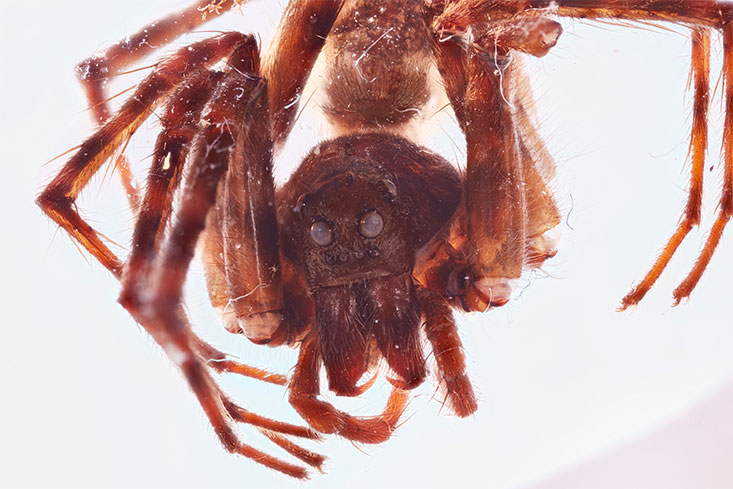New bugs on the block: species delimitation, population and conservation genetics of selected block pile dwellers
Species, often still completely unknown, are dying out every moment, losing their last refuges in the course of global change. Some of these retreats have existed since the last ice ages as islands in the middle of our landscape, such as the boulder dumps of native low mountain ranges with their unique climate and cave system. Specialised species of spiders and insects have lived here for tens of thousands of years, some of them completely isolated and in perpetual cold.
How threatened these species are, what their history is like and what genetic peculiarities exist in such boulder pile populations are the questions of the research work of Robert Klesser, Centrum für Naturkunde Hamburg. The latest methods are being used to investigate how new species can develop from species through isolation, what influence climate changes have on such sensitive ecosystems and specialists, where these ice-age relict species come from and how their populations have developed and are developing in the past, present and future.
For his work, Robert Klesser received a doctoral scholarship from the Deutsche Bundesstiftung Umwelt 2017 and the 2017 Research Award of the Deutsche Wildtier Stiftung.

Acantholycosa novergica sudetica, Photo: UHH/CeNak, Klesser

